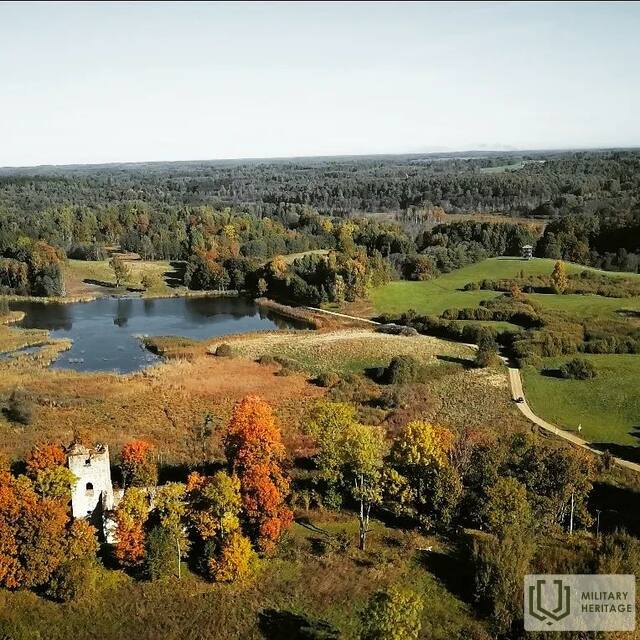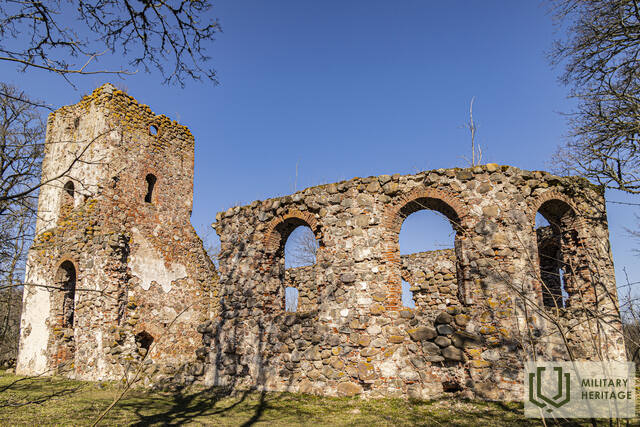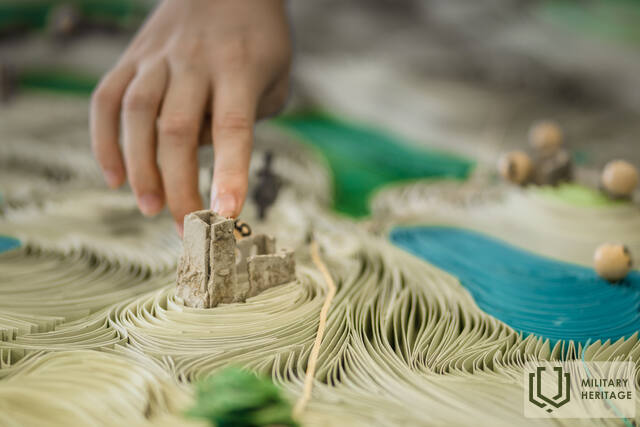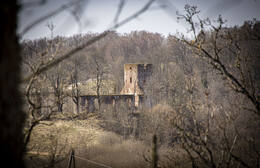Embute bažnyčios sienos – Antrojo pasaulinio karo liudininkai
Embutės bažnyčia yra viena ryškiausių Antrojo pasaulinio karo Kuržemėje liudininkų. Ant bažnyčios sienų ir varpinės iki šiol matomi artilerijos ir kitų sviedinių pėdsakai. Vokiečių kariuomenė bažnyčią (kaip ir daugelį kitų Kuržemėje ir kitur) naudojo neįveikiamiems gynybiniams tikslams. Dėl to bažnyčia buvo sugriauta ir nebuvo atstatyta nuo sovietų laikų
Embutės kultūros paminklas – bažnyčia, kuri buvo pastatyta 1674–1684 m. Per Pirmąjį pasaulinį karą bažnyčia nenukentėjo. 1926 m. bažnyčia buvo suremontuota, tačiau Antrojo pasaulinio karo pabaigoje bažnyčia buvo sugriauta. Liko tik sienos ir varpinė, kurioje matyti artilerijos sviedinių pėdsakai.
Embutės bažnyčia, Embutės pilis ir Embutės piliakalnis buvo pagrindinės kliūtys Raudonosios armijos tankų kelyje ir Lankos upės slėnyje, kurio aukštumose jie yra. 1944 m. spalio 28–31 dienomis Raudonosios armijos puolimas čia buvo sustabdytas ir Vokietijos vyriausiajai vadovybei buvo leista sudaryti reikiamus rezervus. Spalio 31 d. sovietų puolimas sugebėjo išsiveržti iki Šķervelės upės, aplenkdamas Lankos upės slėnį į šiaurę nuo Embutės piliakalnio, ir tęsti puolimą link Nikrace.









